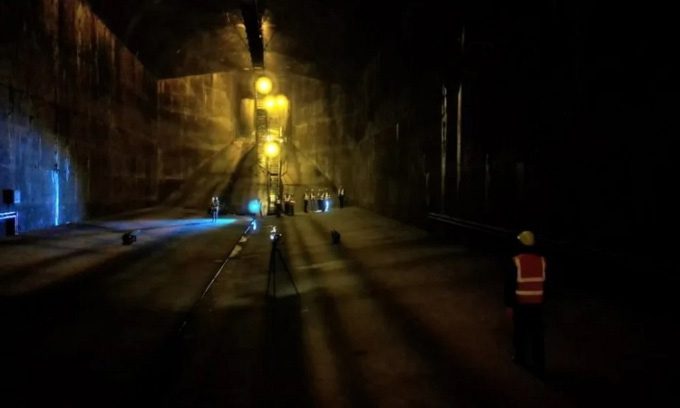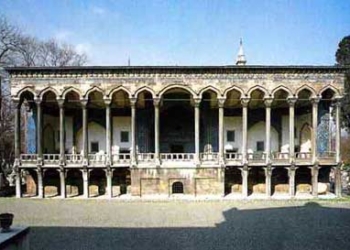Artificial Caves on Jersey Island Help Authorities Manage Floodwater and Prevent Pollution from Entering the Sea.

Inside the floodwater storage cave beneath the park. (Photo: BBC)
Underneath a parking lot in St Helier, a massive engineering structure is playing an increasingly important role in helping Jersey, a British Crown Dependency, cope with climate change. Carved from granite bedrock in the mid-1990s, this floodwater storage cave collects storm rainwater and overflow sewage, preventing pollutants from entering St Aubin’s Bay. Currently, the facility is used an average of 50 to 80 times a year. With increasingly extreme weather conditions anticipated in the future, the frequency of use for this vast artificial cave may rise. A smaller second cave is set to be constructed by the end of 2023. Local authorities are also considering adding several rainwater storage tanks, Yahoo reported on May 30.
Dimly lit and featuring dark concrete flooring, the underground structure, completed in 1997, can hold approximately 25,000 cubic meters of wastewater. Since then, this facility has assisted the Bellozanne wastewater company in Jersey every time heavy rain increases pressure on the aging drainage network, which struggles to meet the demands of a growing population.
“When there is heavy rainfall, Bellozanne cannot handle the surge in sewage flow. Before the cave was built, that sewage would flow directly into the sea,” said Duncan Berry, liquid waste manager for the Jersey government. “Now, the cave can receive and store that flow. We can redirect it back to the sewer system by the end of the day.”
Reaching the height of Jersey’s air traffic control tower and large enough to contain waste equivalent to 3 million toilet flushes, the cave’s entrance is through a large double door located in the center of the Snow Hill parking lot. The cave is cleaned annually, with a team of eight fully protected workers spending about three weeks to pressure wash the surfaces. With the help of automated pumps, the collected sludge is transported to La Collette for incineration. This process often reveals many hidden items beneath the murky water, ranging from food-wrapped plastic bags to wet wipes.
The construction of the cave cost $27.7 million, double the initial estimate. Although it was initially controversial, the project has recently garnered much praise. In January, authorities noted that the cave helped alleviate the impact of flooding on the island during heavy rains. A second cave, capable of storing 8,000 cubic meters of wastewater, will open in Bellozanne later this year. After several delays, the total construction cost of the project is $103 million.





















































